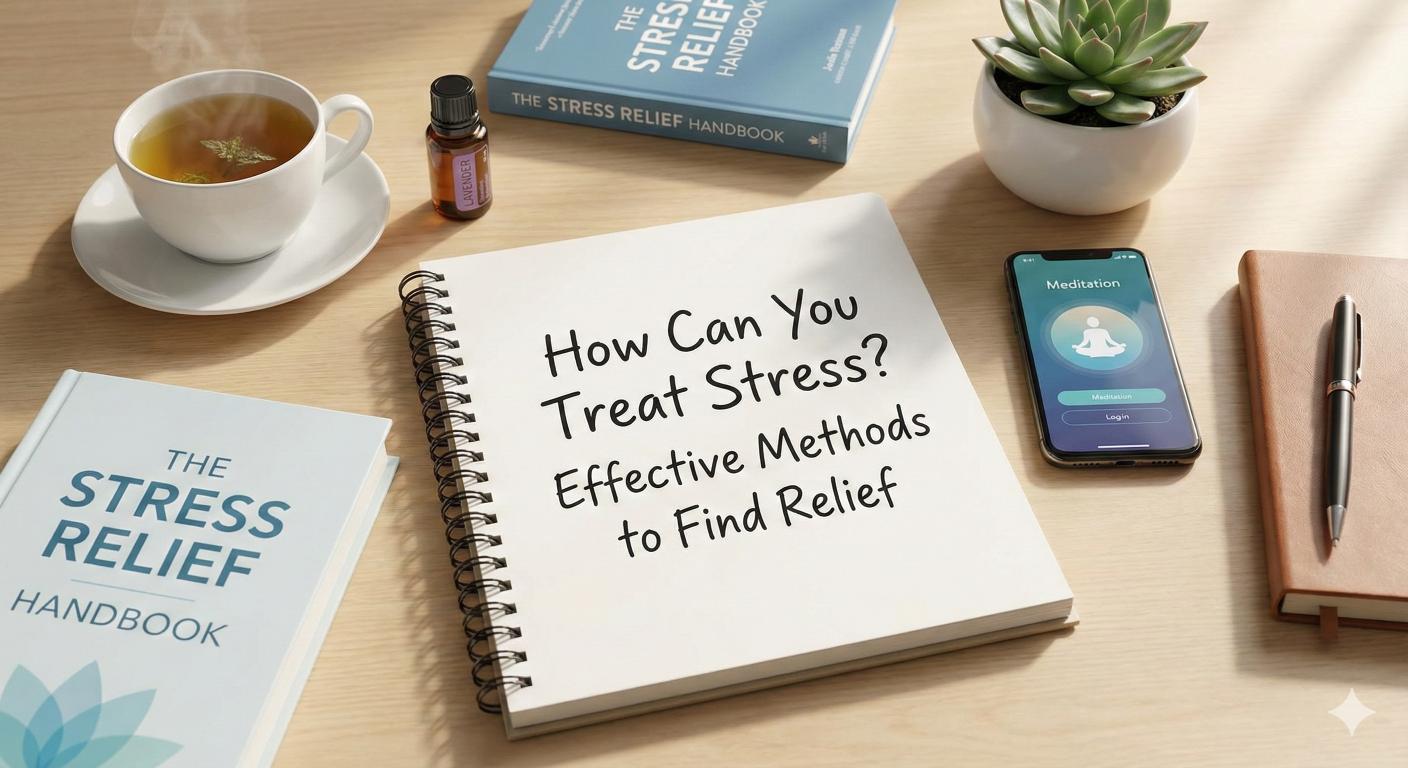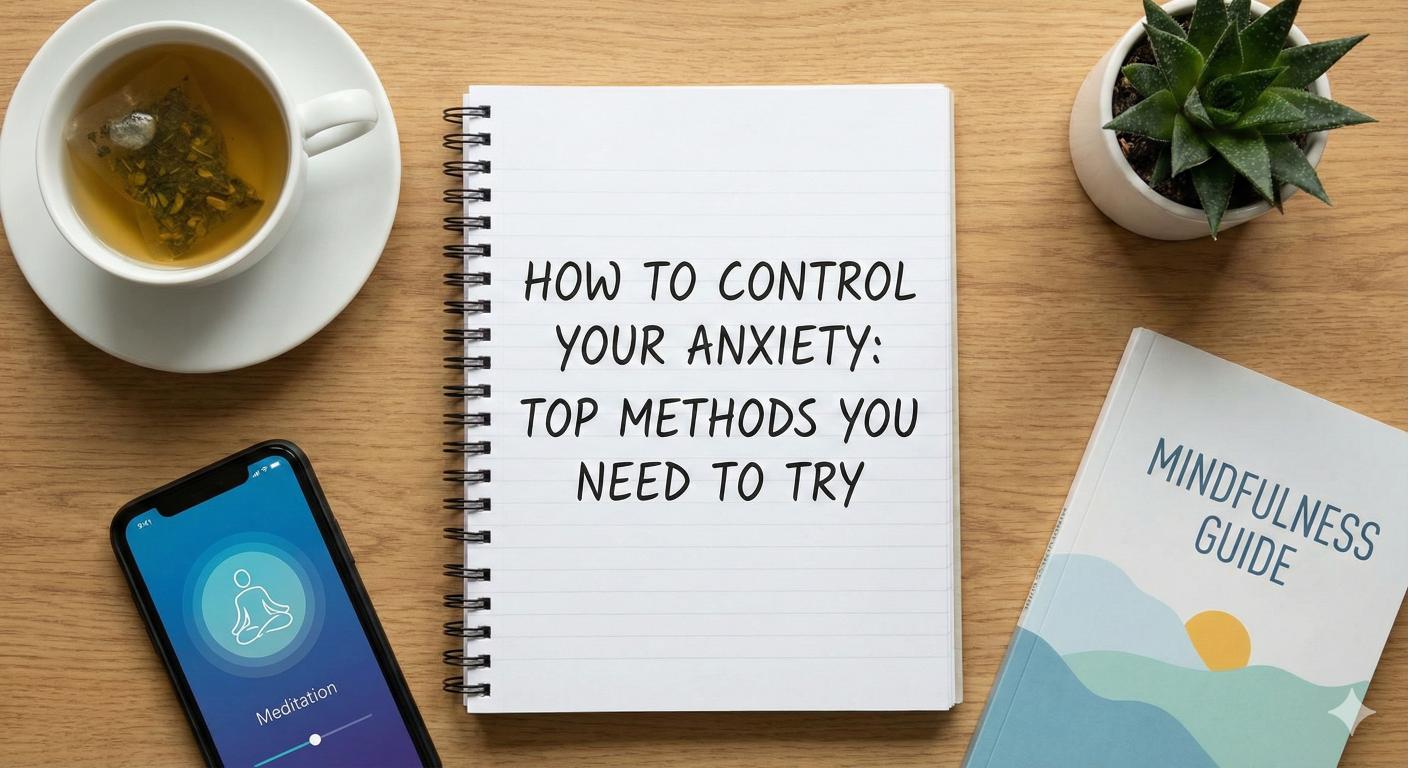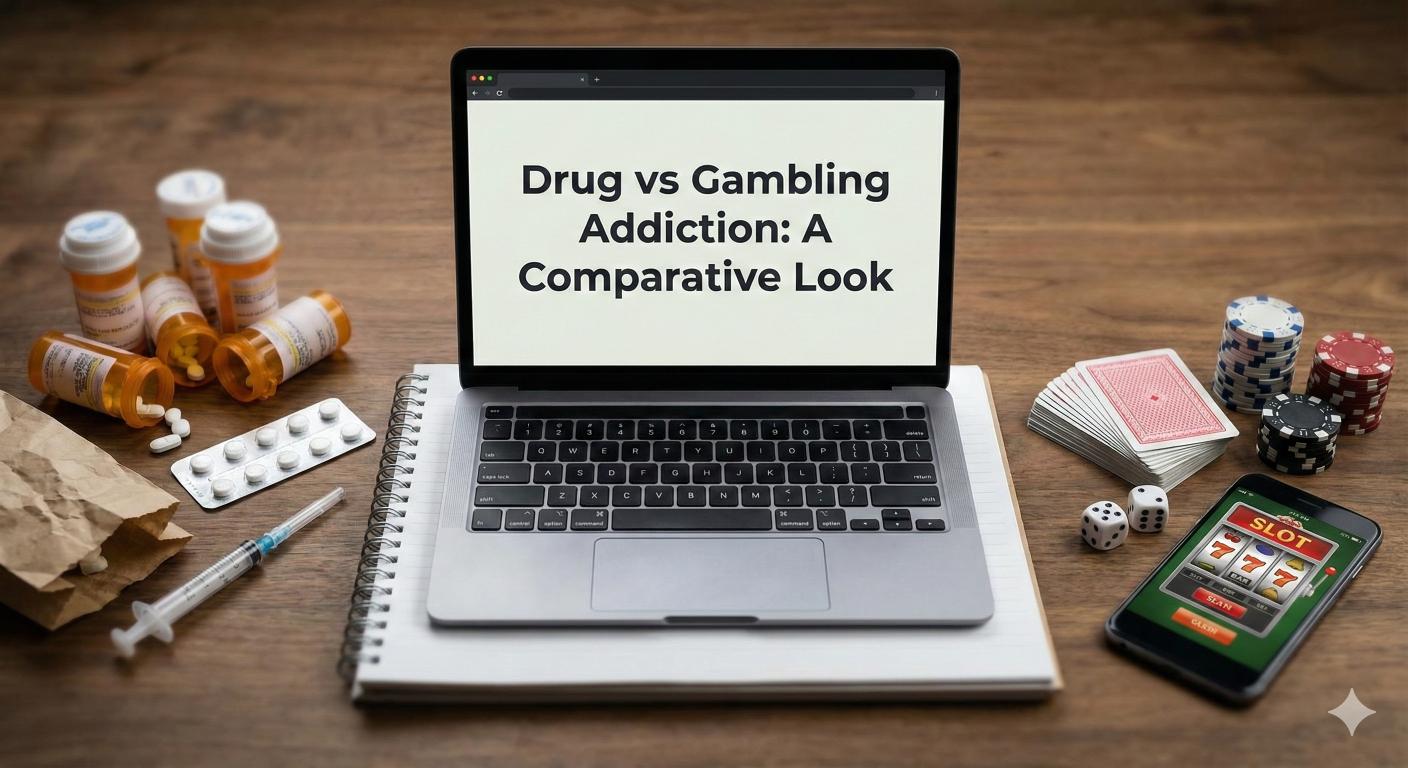Analyzing Sudden Depressed States
Discover answers to "why am I depressed all of a sudden?" and explore the factors behind sudden mood changes.

Understanding Depression
Defining Depression
Depression is a complex mental health condition that is characterized by persistent feelings of sadness, hopelessness, and a lack of interest or pleasure in activities. It is not merely a fleeting feeling of sadness; it can deeply impact an individual's daily life, relationships, and overall well-being. Major depression affects more than 14.8 million American adults and is associated with over 50 symptoms, including anger, workaholism, and physical pain such as backaches.

Prevalence of Depression
Depression is more common than many people realize. Approximately 1 out of every 6 adults will experience depression at some point in their lives. Each year, about 16 million American adults are affected by clinical depression, making it a significant public health concern.
The following table summarizes key statistics on the prevalence of depression:
StatisticValueAdults suffering from clinical depression annually16 millionAdults experiencing depression at any given time1 in 10 adultsAdults predicted to have severe depressionApproximately 50%Major depression predicting global disability rank by 20202nd, behind cardiovascular disease
Understanding why someone may question, "why am I depressed all of a sudden?" is crucial, as depression can stem from a combination of genetic, biological, environmental, and psychological factors [2]. Recognizing these aspects enhances awareness and encourages individuals to seek help when needed. For more on distinguishing depression from sadness, visit our page on am I depressed or just sad?.
Factors Contributing to Depression
Understanding the factors that contribute to depression is crucial in addressing the question of "why am I depressed all of a sudden?" Various elements interplay to influence an individual's mental health, falling into three main categories: biological and genetic factors, environmental triggers, and psychological influences.
Biological and Genetic Factors
Biological and genetic factors significantly influence who may develop depression. Approximately 16 million adults suffer from clinical depression each year in the United States, affecting individuals of all ages and backgrounds [3]. A person's genetic predisposition can increase their likelihood of experiencing depressive episodes.
FactorDescriptionGenetic PredispositionFamily history of depression may increase risk.Biological MakeupHormonal changes and imbalances in brain chemicals may play a role.
Environmental Triggers
Environmental factors can trigger or exacerbate depressive symptoms. Common triggers include significant life changes, stressors, or traumatic events.
TriggerDescriptionStressful Life EventsEvents such as job loss, divorce, or the death of a loved one can contribute.Chronic PainIndividuals with chronic pain report a longer duration of depressive moods [4].
Research indicates that nearly one in ten adults will experience depression at any point in time, highlighting how prevalent these environmental factors can be [1].
Psychological Influences
Psychological factors, including an individual's thought patterns and coping mechanisms, also contribute to depression. People experiencing high levels of anxiety, negative thought patterns, or low self-esteem are more susceptible.
InfluenceDescriptionNegative Thought PatternsPersistent negative thinking can lead to feelings of hopelessness and helplessness.Coping MechanismsIneffective coping strategies can compound depressive feelings.
Understanding the complex interplay between these various factors can provide insight into sudden depressive states. For additional resources on differentiating feelings of sadness from depression, explore am I depressed or just sad? or learn about the psychological aspects of fear and anxiety with understanding the psychology behind fear and anxiety.
Impact of Depression
Depression can have significant consequences on both emotional and physical well-being. Understanding these impacts can help individuals recognize the seriousness of the condition and the need for appropriate support.
Emotional Consequences
Depression often leads to a host of emotional difficulties. Individuals may experience feelings of sadness, emptiness, or hopelessness, affecting their overall quality of life. Depression can diminish motivation and interest in activities once enjoyed, resulting in social withdrawal and a sense of isolation. This emotional turmoil can make life feel overwhelming and unmanageable.
The emotional effects of depression can also manifest in physical forms, such as crying spells, irritability, and difficulty concentrating. These difficulties may create a cycle of worsening mood and additional stress. Recognizing these emotional consequences is essential for understanding personal experiences with depression.
Physical Health Effects
The physical impact of depression is equally as severe. Research indicates that depression can increase the likelihood of developing chronic medical conditions, including cardiovascular disease, high blood pressure, arthritis, and diabetes. This connection between mental and physical health showcases the importance of addressing both aspects when seeking treatment for depression.
Moreover, numerous studies suggest that physical symptoms are often prevalent in those with depression. A study highlighted the correlation between the number of physical symptoms reported and the likelihood of having a mood disorder:
Number of Physical SymptomsChance of Mood Disorder (%)0 - 129 or more60
These findings demonstrate how individuals with numerous physical complaints may indeed be grappling with underlying mood disorders rather than simply experiencing unrelated ailments.
Additionally, individuals suffering from chronic pain may have longer-lasting depressive episodes compared to those without such pain. This relationship is concerning as chronic pain can heighten the risk of suicidal thoughts and behaviors in those affected by depression.
The emotional and physical repercussions of depression can create a cyclical challenge for individuals. Recognizing how these elements interplay is vital for understanding why am I depressed all of a sudden? Addressing both mental and physical health can lead to better outcomes for those affected by this debilitating condition.
Risk Factors and Triggers
Understanding the risk factors and triggers that can lead to depression is vital for recognizing why one may feel suddenly down. These factors can include age, gender, stressful life events, and social support.
Age and Gender
Age and gender play significant roles in the prevalence of depression. Research indicates that risk factors for depression emerge early in life, often starting in the teens, 20s, or 30s. Moreover, women are diagnosed with depression at nearly double the rate of men. Specific demographics, such as individuals aged 45 to 64, nonwhite individuals, those who are divorced, and those with lower educational attainment, also show higher rates of depression [1].
Age GroupRisk Factor15 - 24 yearsIncreasing awareness of mental health issues25 - 34 yearsMajor life transitions35 - 44 yearsFamily and career pressures45 - 64 yearsMidlife crises and health issues
Stressful Life Events
Stressful life events are major triggers for depression. These can include significant changes in one's life, such as the loss of a job, a relationship breakdown, or the death of a loved one. Approximately one in ten adults experience depression at any given time, and nearly half of those may experience severe depression.
Common Stressful Life EventsImpact on Mental HealthJob lossIncreased anxiety and fear about the futureDivorceFeelings of loneliness and uncertainty about future relationshipsMovingDisruption of social networks and support systemsDeath of a loved oneGrief, sadness, and potential for long-term depression
Social Support
Social support is crucial in mitigating the impact of stress and the chances of developing depression. Supportive social connections help improve immune, endocrine, and cardiovascular functions, which can minimize stress responses [5]. Conversely, a lack of social support can exacerbate feelings of isolation and sadness, contributing to depressive states.
Type of Social SupportBenefitsEmotional supportOffers empathy and understandingInstrumental supportProvides tangible help, such as assistance with daily tasksInformational supportShares advice and resourcesAppraisal supportOffers affirmation and encouragement
Addressing questions like why am I depressed all of a sudden? may involve examining these risk factors and triggers more closely. Understanding these aspects can be the first step in seeking help and making informed decisions regarding mental health.
Cognitive Distortions and Depression
Understanding cognitive distortions is crucial when analyzing sudden states of depression. These negative thought patterns can significantly impact mental well-being.
Negative Thought Patterns
Negative thought patterns, also known as cognitive distortions, occur when harmful thoughts become persistent. These distorted interpretations can lead to unrealistic conclusions, aggravating conditions such as depression and anxiety. Experts have identified various types of negative thinking patterns, including:
These cognitive missteps can foster false beliefs about oneself and lead to mental health concerns [6].
The relationship between negative thought patterns and depression is cyclical. While negative thinking can be a symptom of depression, it can also contribute to its onset. This cycle often manifests as feelings of hopelessness, impairing an individual's ability to function and heal. For example, thoughts might arise that suggest nobody cares about them, reinforcing the depressive state.
Impact on Mental Health
Negative self-talk significantly affects mental health. Excessive rumination often correlates with greater risks of mental health disorders like depression. This critical inner dialogue can decrease motivation and amplify feelings of helplessness.
Table: Types of Negative Thought Patterns
Cognitive DistortionDescriptionPolarizationViewing situations in black-and-white termsEmotional reasoningBelieving that emotions reflect realityOvergeneralizationMaking broad conclusions based on a single eventPersonalizationAttributing personal responsibility for external events
These cognitive distortions can create a barrier to recovery, leading one to believe that they are solely responsible for negative outcomes or that they cannot change their circumstances. Addressing these thought patterns is essential for improving mental health and mitigating the effects of depression. For more insights on mental health, explore topics like am I depressed or just sad? and understanding the impact of loneliness on mental health.
Addressing Insomnia in Depression
Bidirectional Relationship
The relationship between insomnia and depression is complex and bidirectional. Studies show that insomnia not only contributes to the development of major depressive disorder (MDD) but can also become a persistent issue following the onset of depression. About three quarters of individuals experiencing depression report insomnia symptoms, making it a common challenge.
Insomnia has a significant impact on the severity and duration of depressive episodes. Poor sleep quality before treatment can predict a reduced response to depression therapies, while improvements in sleep quality correlate with lower rates of recurrence. Persistent insomnia can lead to a prolonged depressive state, emphasizing the need for effective sleep interventions in treating depression.
Age GroupInsomnia Symptoms in Depressed Patients (%)16-24 years7725-34 years8035-44 years8345-54 years8655-64 years90
Treatment Strategies
Addressing insomnia in individuals with depression involves a combination of pharmacotherapy and behavioral interventions. Research indicates that combining a selective serotonin reuptake inhibitor (SSRi) with medications such as eszopiclone— a benzodiazepine receptor agonist— can significantly improve both sleep quality and depressive symptoms compared to placebo treatments [9].
Pharmacotherapy may offer immediate relief for insomnia, but it's crucial for individuals to explore long-term strategies that promote healthy sleep patterns. Here are some effective treatment strategies:
By implementing these strategies, individuals can potentially improve their sleep quality, thereby enhancing their treatment response for depression. For more insights into related challenges, consider exploring why am I depressed or just sad? or the reasons behind feelings of depression during specific times such as why am I depressed in the morning?. Understanding the connection between sleep and mood can play a vital role in overall mental health management.
References
[2]:
[3]:
[4]:
[5]:
[6]:
[7]:
[8]:
[9]:
More Resources
A team ready to start your journey.
Get in touch — today.
We are a safe space – a haven for exceptional individuals to receive discreet, personalized, in-person treatment and care.
.avif)










